In the field of industrial printing and creative production, the value of solvent-based inks, sublimation inks, and UV inks extends far beyond mere “color rendering.” For users, ink stability, printing smoothness, and printhead protection capabilities are the core factors that determine both user experience and costs:
- Stability means avoiding batch-to-batch color variations and sedimentation during storage, reducing material waste caused by ink deterioration;
- Smoothness means eliminating printhead clogging, ink breakage, and rework losses, ensuring production efficiency;
- Printhead protection directly impacts equipment lifespan, cutting down on the thousands of yuan often spent on printhead repairs or replacements.
Today, we break down how these three ink types achieve the ultimate goal of “stability, smoothness, and printhead protection” through formulation, raw materials, production processes, and quality control—exploring these three core dimensions in detail.
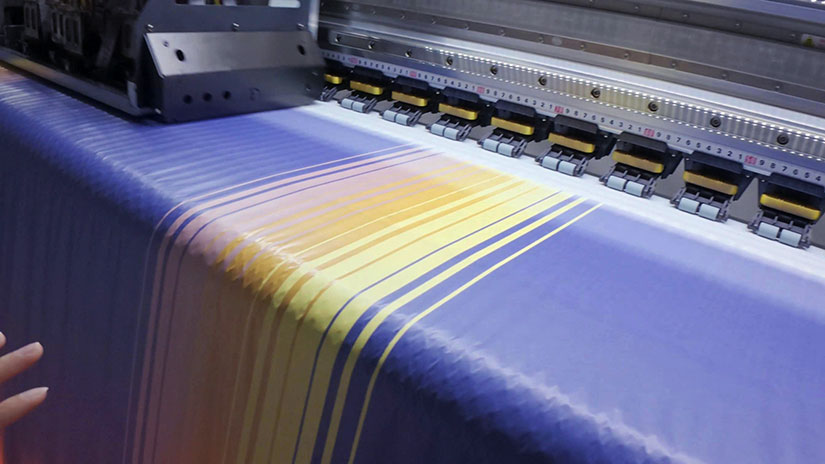
I. Formulation: The “Core Framework” of the Three Ink Types, Setting the Tone for Stability, Smoothness, and Printhead Protection
Formulation is the “source” of an ink’s core performance. Tailored to the unique application scenarios of solvent-based, sublimation, and UV inks, our R&D logic centers on “balancing stability and printhead compatibility,” ensuring no sedimentation or clogging at the molecular level while achieving precise printhead compatibility to avoid performance conflicts.
- Solvent-Based Inks: Designed for long-term outdoor use (e.g., billboards, vehicle wraps), their formulation features “long-acting dispersion stabilizers + high-performance wetting solvents,” preventing delamination or sedimentation even after 18 months of storage—effectively avoiding print color variations caused by uneven ink concentration. Additionally, ink viscosity is strictly controlled within the 15–20 cP range, paired with optimized surface tension parameters. This ensures the ink flows smoothly through the printhead cavity without adhering to walls or leaving residues, reduces solvent-induced corrosion of printhead gaskets, and extends printhead lifespan by over 30%.
- Sublimation Inks: Engineered for high-frequency continuous printing in textile transfer (e.g., T-shirts, mugs), their formulation adopts a “low-viscosity, high-dispersion” system combined with “anti-crystallization additives.” This fundamentally prevents dye crystallization and clogging in the printhead’s tiny 20–50 μm nozzles. To match the piezoelectric properties of sublimation printer heads, the ink’s piezoelectric responsiveness is further optimized, ensuring the error in each ink droplet volume is ≤ 2%—avoiding production disruptions from ink breakage and reducing wear from repeated printhead cleanings.
- UV Inks: Built for industrial mass printing on non-absorbent substrates (e.g., glass, metal), their formulation uses a “low-shrinkage resin + high-efficiency photoinitiator” blend to prevent coating cracking after curing. A specialized thixotropic structure design ensures the ink remains slightly viscous when stationary (preventing sedimentation) and instantly thins under printhead pressure during printing (ensuring smooth flow)—guaranteeing both long-term storage stability and jamming-free jetting. Moreover, a “printhead protectant” is added to form a nano-scale ultra-thin film on the printhead surface, isolating UV light and resin from eroding the printhead and slowing aging.
Guided by the core principle of “stability, smoothness, and printhead-friendliness,” our R&D team has tested over 100 models of mainstream printheads (e.g., Epson, Ricoh, Konica). By simulating printing conditions across different temperatures and humidity levels, we ensure the three ink types achieve over 99% compatibility with printheads—eliminating the risk of “clogging and printhead damage” at the formulation stage.
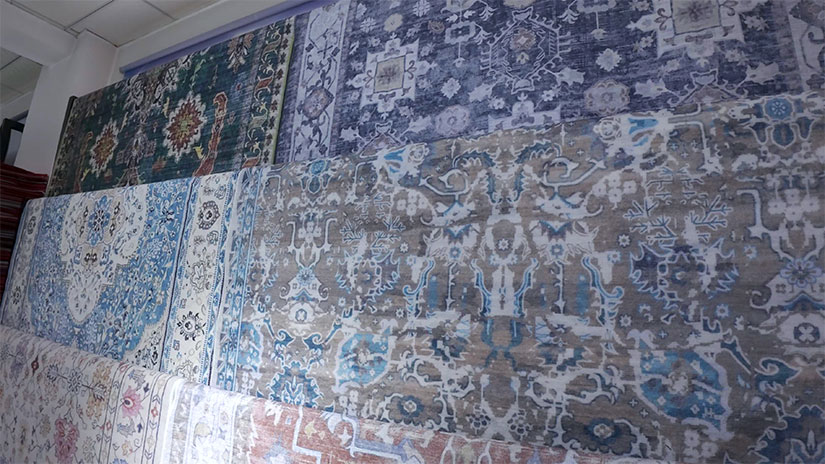
II. Raw Materials: The “Quality Baseline” of the Three Ink Types, Building a Solid Foundation for Core Performance
High-quality raw materials are the backbone of “stability, smoothness, and printhead protection.” Impurities or low-grade components can cause ink sedimentation, printhead clogging, or even physical wear to the printhead. Based on the unique properties of each ink type, we have established “multi-dimensional strict screening standards” for raw materials to mitigate performance risks at the source.
- Solvent-Based Inks: Pigments use “nano-scale spherical particles” (particle size precisely controlled at 50–80 nm) with uniform, edge-free structures—preventing scratches to printhead nozzles during high-speed jetting. Each batch of pigment undergoes professional antistatic treatment to avoid agglomeration and clogging. Solvents are high-purity, low-impurity industrial-grade variants (impurity content ≤ 0.1%), reducing impurity buildup in the printhead. Resins are “flexible and corrosion-resistant,” enhancing adhesion to outdoor substrates while avoiding chemical reactions with the printhead’s metal components.
- Sublimation Inks: Dyes are “high-purity, easily soluble” (purity ≥ 99.5%), with no insoluble particles to prevent stubborn clogs in the printhead. Solvents are low-volatility, slow-drying, and eco-friendly—preventing the ink from drying and crusting on the printhead surface and cutting cleaning frequency by 50%. Dispersants are polymer-based, leveraging steric hindrance effects to keep dyes uniformly dispersed for 12 months without agglomeration or sedimentation.
- UV Inks: Resins are low-viscosity, low-irritation specialty grades—ensuring good flow while avoiding corrosion of the printhead cavity. Photoinitiators are low-residue types, leaving no excess small molecules after curing to prevent blockages in the printhead’s fine channels. Pigments are UV-resistant and dust-free, undergoing three rounds of purification (filtration + centrifugation + precision sieving) before production to remove tiny dust particles—minimizing clogging risks at the source.
All raw materials must pass an “ink sample simulation test” before entering the factory: raw materials are mixed into ink samples according to the actual formulation ratio, subjected to a 72-hour stability test, and then run through simulated printing on standard printhead equipment. Only after confirming no sedimentation, no clogging, and no corrosion are the raw materials approved for production.
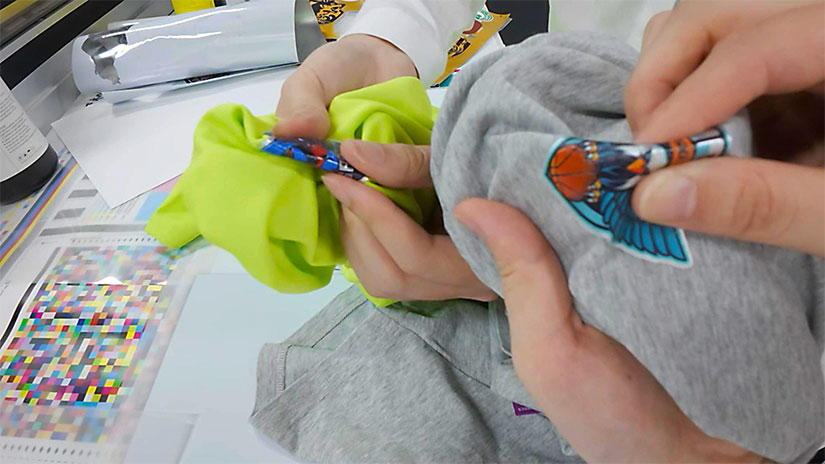
III. Production Process: The “Precision Guarantee” of the Three Ink Types, Where Details Define Performance
Excellent formulations and raw materials require sophisticated production processes to become finished inks that deliver “stability, smoothness, and printhead protection.” Tailored to each ink type’s characteristics, we have developed exclusive production workflows—from grinding, dispersion, and blending to filtration—with every step focused on “reducing printhead risks and enhancing stability,” rejecting one-size-fits-all production.
- Solvent-Based Inks: We use a “horizontal grinding + high-speed dispersion + three-stage filtration” process:
- A horizontal grinder operates at 600 rpm for 2.5 hours to ensure uniform pigment particles (without fine powder from over-grinding);
- A high-speed disperser mixes at 1000 rpm for 1 hour to ensure full integration of components;
- Filtration proceeds through solvent-resistant membranes (1.0 μm → 0.45 μm → 0.22 μm) to remove all impurities and large particles;
- A vacuum defoaming process (-0.09 MPa) eliminates tiny bubbles, preventing “ink splattering” or “breakage” during printing.
- Sublimation Inks: We adopt a “basket pre-grinding + vertical fine grinding + three-stage circulation filtration” process:
- A basket grinder pre-disperses dyes, followed by a vertical grinder operating at 800 rpm for 1.5 hours to refine dye particles to 30–50 nm (matching printhead nozzle size);
- A high-speed disperser mixes at 1200 rpm for 1 hour to ensure complete fusion of dyes and solvents (no agglomeration);
- Hydrophilic filter membranes are used to avoid dye adsorption on the membrane surface (preventing uneven concentration and color variations in prints).
- UV Inks: Production follows a “light-proof manufacturing + two-stage dispersion + specialty filtration” process:
- The entire process takes place in a light-proof workshop (light intensity ≤ 50 lux) to prevent premature curing and particle formation;
- Dispersion occurs in two stages: low-speed mixing (300 rpm for 30 minutes) of resin and photoinitiator, followed by high-speed dispersion (800 rpm for 1 hour) of pigments (avoiding agglomeration);
- UV-resistant polyethersulfone filter membranes (0.22 μm precision) are used—these do not react with UV components and ensure impurity-free ink, protecting the printhead from damage.
After production of each batch, 10 samples are selected for a “full-process performance test”: first, filterability and viscosity stability are checked; then, continuous printing is run on a standard printer for 24 hours, with real-time monitoring of jetting smoothness and printhead pressure. Only when no clogging is detected and pressure fluctuation is ≤ ±0.1 bar is the batch approved for storage—ensuring every bottle of ink is “ready to use immediately, with no printhead damage.”
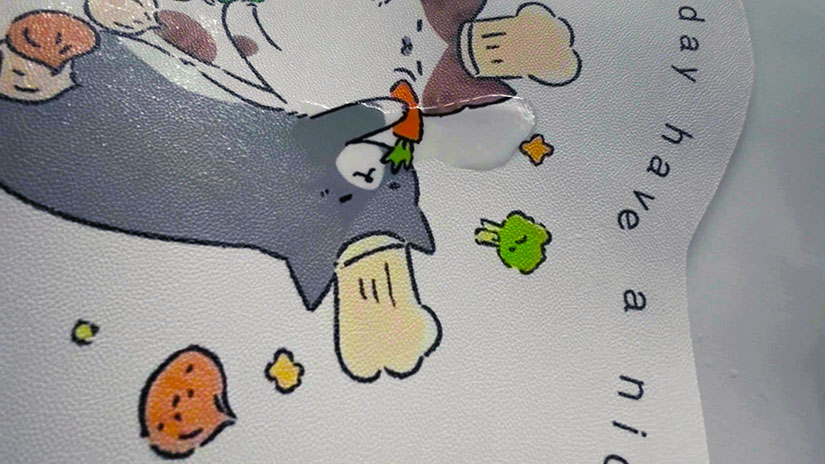
IV. Quality Control: The “Safety Barrier” of the Three Ink Types, Safeguarding Core Value at Every Stage
Quality control is the final line of defense for “stability, smoothness, and printhead protection.” We have established a “full-process quality control system” with specialized testing standards for each ink type’s core performance—rejecting “basic qualification” and only delivering “high-quality” products to users.
- Stability Testing:
- Solvent-based inks: 18 months of storage (no delamination, sedimentation, or concentration change > ±1%);
- Sublimation/UV inks: 12 months of storage (same stability criteria as above);
- High-low temperature cycle test: 10 cycles of -10℃ to 50℃ (8 hours per cycle), with post-test fluctuations in key parameters (viscosity, surface tension) ≤ ±5% (ensuring stable performance across regions and seasons).
- Smoothness Testing:
- 20 bottles per batch are randomly selected and run through 100 test prints on 3 mainstream printer models (covering piezoelectric, thermal bubble, etc.);
- Requirements: No ink breakage, no splattering, no clogging, and 100% print qualification rate;
- Viscosity stability: ≤ ±0.5 cP change within 24 hours (ensuring consistent performance during long-term continuous printing).
- Printhead Protection Testing:
- Ink is circulated through a printhead for 72 hours, after which the printhead is disassembled for microscopic inspection (requirements: no nozzle wear, corrosion, or residual impurities; no gasket aging/deformation);
- Corrosion rate testing: Ink-induced corrosion on printhead metal components ≤ 0.001 mm/year (far below the industry standard of 0.005 mm/year)—verifying printhead protection with data.
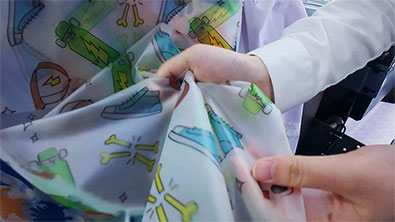
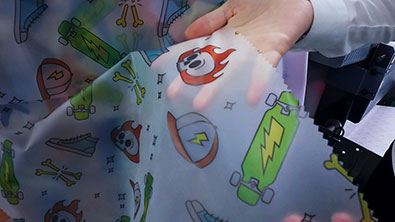
Choose Us: Let Ink Be a “Stable Partner,” Not a “Printhead Burden”
For users, a high-quality ink should not be a hassle that “requires frequent adjustments and worries about clogging”—it should be a partner that is “ready to use, stable, reliable, and protective of equipment.” We have always focused on “stability, smoothness, and printhead protection” in developing solvent-based, sublimation, and UV inks. Whether for long-term outdoor advertising printing, high-frequency textile customization, or industrial mass production, our inks deliver:
- Over 80% reduction in printhead clogging risk, lowering maintenance costs;
- 99.9% print qualification rate, cutting rework losses;
- Extended ink shelf life and printhead lifespan, boosting overall cost-effectiveness.